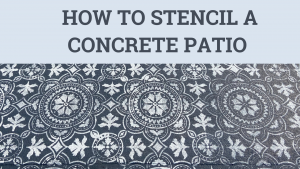How to Choose a Paint Roller
Whoever invented the paint roller did painters a really big favor. With a roller, you can apply paint up to four times faster than you can with a brush.
What generally makes one roller different from the next is the length of the nap, which can be as short as 3/16ths of an inch or as long as an inch and a quarter. On smooth interior walls, a short nap is ideal, while an outside surface like stucco or concrete blocks requires a longer nap to carry the paint into those deep recesses.
Probably the most common nap of all is 3/8ths of an inch, and that will get you through most interior painting jobs. For painting flat interior doors, Ron prefers a foam roller, which leaves practically no texture.
Some rollers are designed to actually create texture and many can even be used to create special effects.
Blog Articles
Maximize Your Yield with DIY Netting for Strawberry Beds
Keep your strawberries safe from pests with our DIY strawberry cage netting solution. Learn how to create sturdy frames and find the best netting for your strawberry plants.
Change It Up: Swapping Out Your Light Switch Plates
Tired of boring light switch covers? Upgrade your home decor with this simple guide on replacing light switch plates and make a statement in every room.
Revamp Your Outdoor Space: How To Stencil A Concrete Patio
Learn how to create a stunning patterned concrete patio with our easy-to-follow instructions for stenciling. Upgrade your outdoor space in no time.





